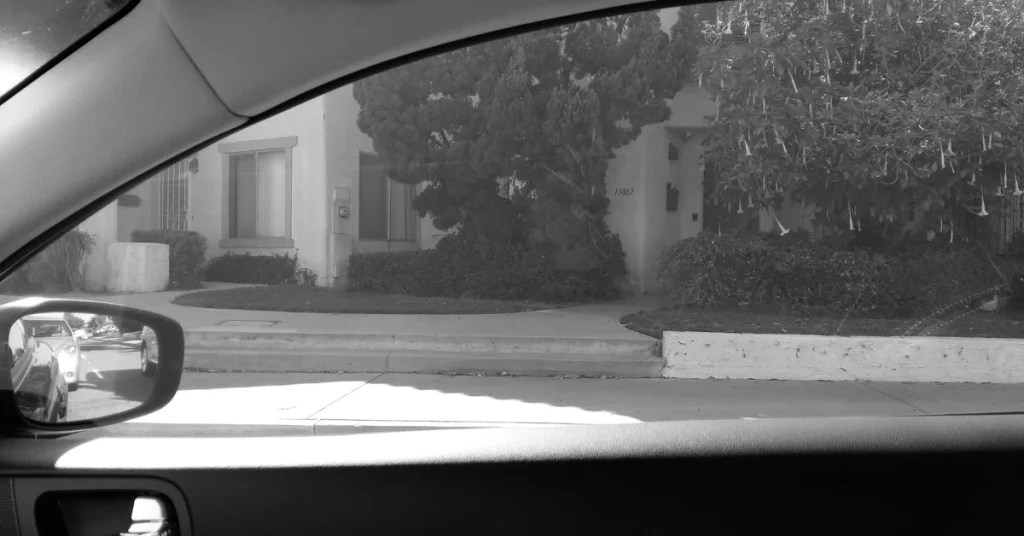Solar Gard is a relatively unfamiliar name in the window tint market. You might come across its name while searching for budget tints for your car windows. You liked the price, but I’m not sure how it will fare in comparison to the big names.
I had the same question, so I decided to pit Solar Gard against 3M, one of the most sold tints in the US. Here’s what I found in my Solar Gard Tint vs. 3M comparison.
Read More: Suntek Tint vs. 3M
Solar Gard Tint vs. 3M
Most of you know about 3M tints, so I don’t think they require much introduction. Let’s talk about Solar Gard tints instead. Solar Gard first came to the market in the late ‘80s, more than 20 years after 3M began its journey.
Solar Gard offers a variety of choices to its customers. The San Francisco-based company’s most high-end offering is its VortexIR and XenithIR ceramic films. These are made of nano-ceramic films for better heat and light resistance.
There is also the LX range of tints, which are lighter. The heat control is satisfactory in these tints, but they block minimal light. So, they won’t be a universal choice among those who are looking for a new window film.
Solar Gard also has HP (High Performance) and NR (Non-Reflective) series, which are more all-rounder choices. I will specifically talk about the nanoceramic films and compare them to 3M’s gold standard, the 3M Crystalline.
Let’s kick it off with the heat control aspect.
Read More: Can I Tint My Front Windshield in Florida?

Heat Control
The Crystalline 40’s TSER (Total Solar Energy Rejected) rating is 62%. The VortexIR 35, which has a lower tint percentage than the Crystalline 40, has a TSER rating of 53%. In Xenith IR35, you get a TSER rating of 59%.
A lower tint percentage should block out more solar energy because of its darker shade. But that doesn’t seem to be the case here. 3M Crystalline clearly has superior solar energy blocking qualities than Solar Gard VortexIR and ZenithIR.
Why would that happen? It all comes down to the build quality. The 3M Crystalline boasts a multilayer optical film that consists of no less than 200 layers. Solar Gard has also used nanotechnology to make the VortexIR and ZenithIR, but none of them can match the structural integrity of 3M Crystalline.
So, 3M is the obvious pick between Solar Gard and 3M if you prioritize heat control.
Read More: Huper Optik vs. 3M
UV Ray
However, Solar Gard does match 3M’s anti-UV ray properties. Solar Gard and 3M tints restrict 99% of ultraviolet rays from entering the vehicle. So, strictly in terms of UV protection, you can’t differentiate between these films.

Infrared Protection
Even though you get similar UV resistance from these films, don’t expect the same level of infrared protection. Long-term exposure to infrared rays will damage your eyes and skin. So, you need the window tint to provide ample protection from infrared rays as well.
The Vortex IR35 has a selected infrared energy rejected rating of 74%. That means it will block out 74% of infrared rays with wavelengths of 780 nm to 1700 nm. For wavelengths between 780 nm to 2500 nm, the protection rate drops to 60%. For the Xenith IR35, these numbers are 93% and 65%, comparatively.
The 3M Crystalline significantly betters these numbers. For 900-1,000 nm, you get 99% protection from the Crystalline 40. For the more dangerous range of 780–2,500 nm, the Crystalline 40 offers 69% of protection.
Do keep in mind that the Crystalline 40 is a lighter shade than Xenith IR35 and Vortex IR35, so it was supposed to have lower infrared screening abilities. But, Crystalline 40 has once again outperformed Solar Gard’s darker tints.
Read More: XPEL vs. 3M
Sun Glare
I couldn’t find the interior visible light reflectance percentage for Solar Gard films. So, there is no clear indicator of the interior glare situation. My personal experience says the 3M performed slightly better, but the Solar Gard was not far off. The exterior light reflectance percentage is the same for 3M Crystalline 40, VortexIR35, and Xenith IR35.
Even though the Crystalline is a lighter shade in this particular scenario, I’ll call it a draw.
Warranty
The 3M Crystalline, the Vortex IR and the Xenith IR all have lifetime warranties. But the Solar Gard warranty covers decolorization. The 3M warranty notoriously doesn’t. So, Solar Gard wins this round.
Read More: Motoshield Pro vs. 3M Tints
Final Opinion
In a Solar Gard tint vs. 3M debate, only two factors will strongly go against the latter; the price and the warranty. Other than that, 3M is a superior choice. That said, I must admit that Solar Gard tints are good for the price.
Solar Gard will do more than a decent job if you can’t afford more expensive tints. I found the performance to be reasonable, given the price point. So, I won’t discourage anyone from buying Solar Gard window films.




